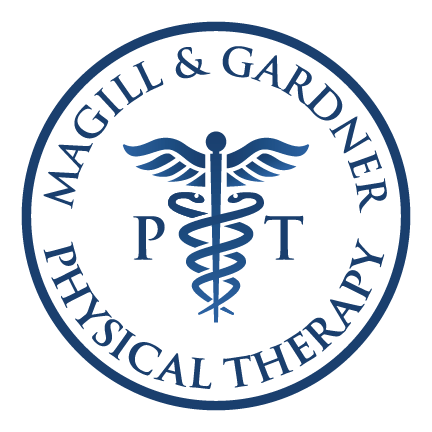Pain is an output of the brain. For more than 350 years it was believed that pain was a sensory input that came from injured tissues in the body. We now know that pain is an output, or response of the brain. Nerve endings in the tissues relay signals of threat, or danger to the brain. It is up to the brain to determine whether pain is needed or not to protect the body. The brain has a map of the entire body in its cerebral cortex. If the brain determines pain is a necessary response, it uses this map to project pain to the appropriate area of the body. The brain can also modulate the threat response by releasing inhibiting chemicals down descending pathways. These chemicals are many times more powerful than the strongest opiates.
Injury/tissue damage can exist without pain. Often we find cuts, bruises, and scratches that we don’t remember getting. This is an example of an injury that our brain determined a pain response was not needed.
Pain may exist without tissue damage. Nerve endings in the brain, spinal cord, or out in the tissues may become sensitized. This means the threshold at which they fire gets much lower, and normally non painful stimuli may result in pain. Fibromyalgia and other pain syndromes are examples of this.
The degree of injury does not always equal the degree of pain. Paper cuts may be very painful, yet larger wounds may not be as painful.
Diagnostic imaging may not determine the cause of pain. This has been show many times through extensive research. Healthy individuals who are not experiencing any pain will show many changes on radiographic imaging, including spinal stenosis, herniated discs, degeneration, rotator cuff tears, and arthritis.
Ongoing pain does not indicate ongoing tissue damage. Tissues in the body, including bone, muscle, tendon, ligament, and nerves will all heal in 3-6 months. Any pain that continues beyond this time frame is unlikely to be from ongoing tissue injury and more likely from sensitized nerves. Even if it feels your pain may be coming from a very specific spot, it is likely due to your brain continuing to feel protective of this particular body area.
Psychological, emotional, and social factors will all influence pain. An injury sustained in a remote area may feel substantially different than a similar injury sustained minutes from a hospital. A shoulder injury may be more painful to a carpenter than to an office worker because it effects his livelihood. By the same token, many patients experience more pain while at work or in other stressful situations.
Pain will be shaped by expectations. A child who falls often looks to his mother before crying. He is forming his own expectations of what should be painful. If you have often heard that arthritic joints ache when the weather changes, yours may also begin to do this.
Your brain may adapt to pain by developing a neurosignature. This means that your brain uses its memory areas to try to protect you from previous painful experiences. Each time you pass a corner where you had a car accident you may feel pain. A painful experience in April of one year may hurt every April in subsequent years.
Understanding pain physiology can reduce pain. Research has shown that the more a person understands the nervous system and how pain works, the less pain they have. In one study conducted by the military, soldiers that had a 10 minute pain educating session had less reported lower back pain and improved outcomes than those that had physical therapy.
